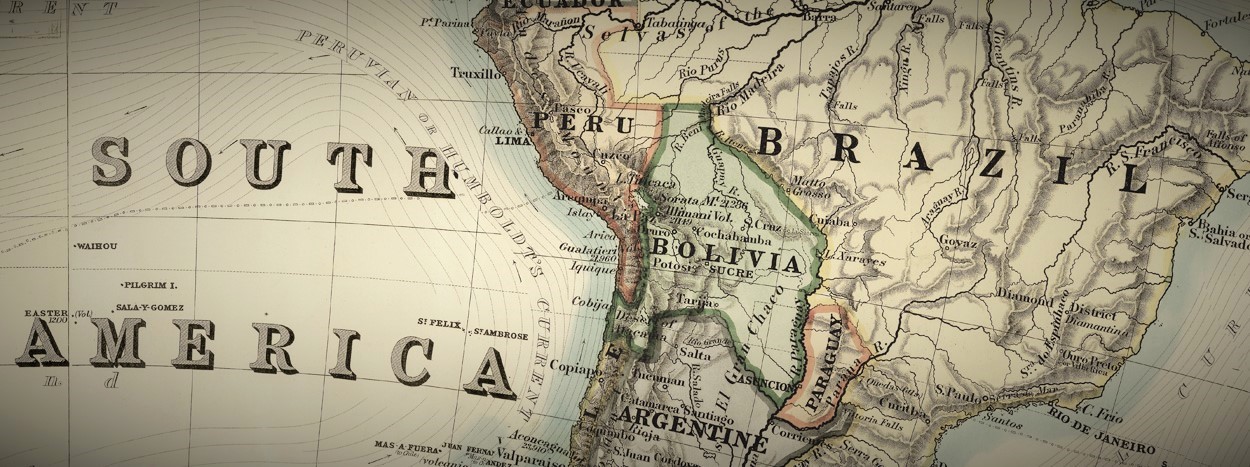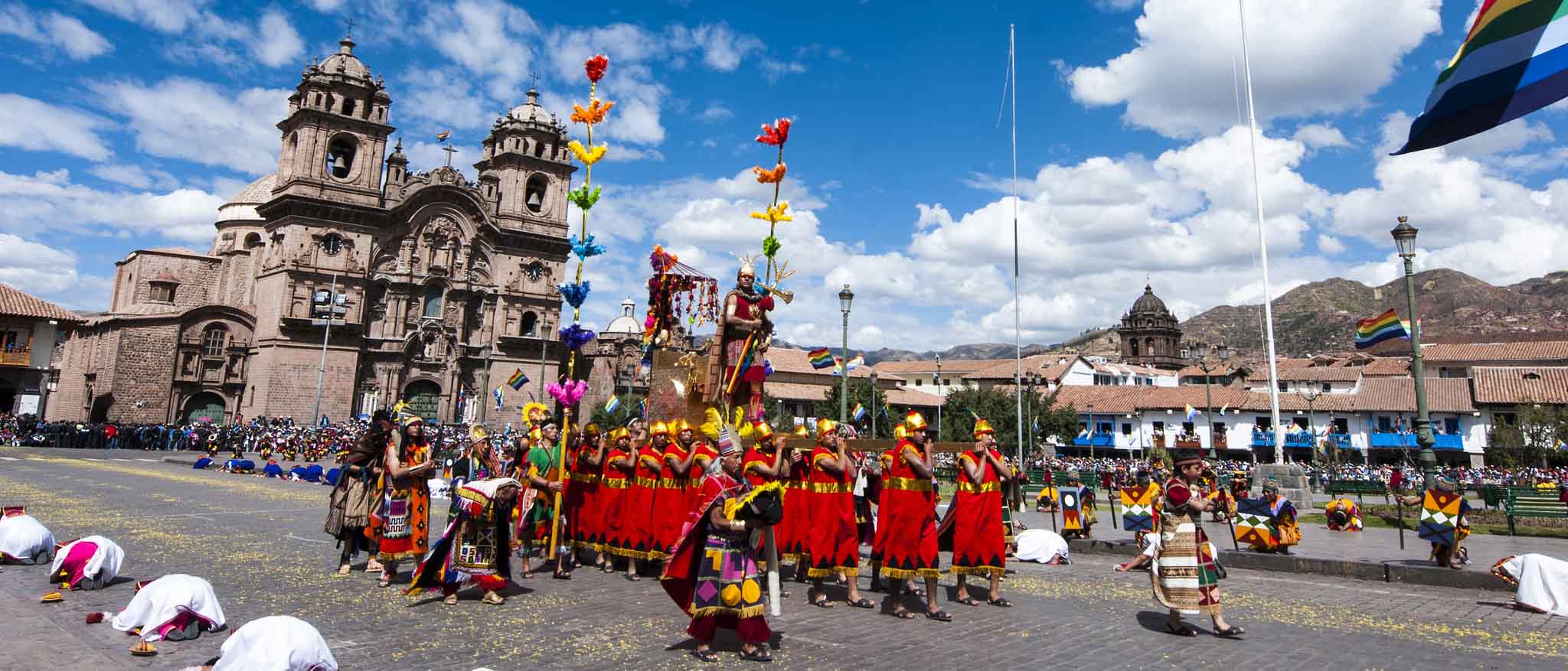Climate
Bear in mind that seasons are reversed in the southern hemisphere; summer is from December to February, and winter from June to August.
Ecuador has a tropical rainforest climate. There are two seasons: the dry season and the rainy season, which vary according to altitude.
The rainy season – with daily rain – is from December to May in the region of the Andes, and from January to April on the coast.
The dry season, from June to November in the Andes and from May to December on the coast, is marked by lower levels of humidity and more pleasant temperatures.
In the Andes mountain range, the temperature tends to be cool year-round, rarely breaking 65°. On the Pacific coast, the temperature averages 68° and the climate is pleasant year-round.
Time difference between the USA and Ecuador
Eastern Standard Time: Ecuador is one hour behind of EST
Central Standard Time: Ecuador is in the same time zone as CST
Mountain Standard Time: Ecuador is one hour ahead of MST
Pacific Standard Time: Ecuador is two hours ahead of PST
The Galapagos Islands are one hour behind mainland Ecuador time.
Language
As in the majority of South American countries, Ecuador’s official language is Spanish. There are also 56 indigenous languages spoken! The most prevalent, Nahuatl, is the language of the Aztecs and can be heard in the center of the country. Maya is spoken in Chiapas and the Yucatan, and Zapotec in Oaxaca and Veracruz.
In light of its geographical proximity to the United States, English is the second most spoken language in Ecuador, and some cities have large anglophone communities.
Currency
The US Dollar has been used as the official currency in Ecuador since 2000.
When to travel to Ecuador?
Ecuador can be visited year-round, depending on the region. The Andes can be visited all year long.
The Galapagos Islands are most enjoyable from June to December. July and August, while pleasant months in the islands, are high season for tourism. The best time to discover hump back whales is from June to September.
The Amazon (Cuyabeno Reserve and Yasuni Park) is not easy to visit during the months of February and March, as water levels are too low for boats to properly navigate.
Health and Vaccinations
There are no obligatory vaccinations for travel to Ecuador. However, it is advisable to verify the validity of all routine vaccinations. The CDC recommends hepatitis A and typhoid vaccinations prior to departure for most travelers, as well as hepatitis B, malaria, rabies, and yellow fever vaccinations for certain destinations.
Due to the currently limited availability of the yellow fever vaccine, please schedule your appointment well in advance.
For more information, visit the CDC’s Health Information for Travelers page:
https://wwwnc.cdc.gov/travel/destinations/list/
Security
Crime in the country has significantly decreased over the past ten years (video surveillance in cities, reinforced police presence in tourist areas, etc.). Nonetheless, it is best to avoid walking alone after dark in Quito and Guayaquil, to remain attentive to your personal affairs and to use local taxis to get around.
Do I need a visa to travel to Ecuador?
US citizens do not need a visa for stays of fewer than 90 days in Ecuador. Your passport must be valid for at least six months beyond your declared departure date, and you will need at least one blank page for the entry stamp.
American Embassy in Ecuador
Avenue Avigiras E12-170 and Avenue Eloy Alfaro
Quito, Ecuador
+(593-2)-398-5000
Ecuadorian Embassy in the USA
2535 15th St. NW
Washington, DC 20009
202-234-7200



